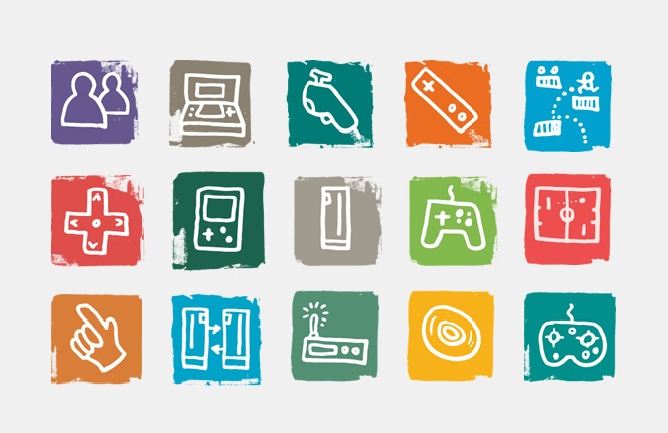Learning is always a challenge.
Conventional learning methods modelled on rigid structures and frameworks often fail to achieve the learning objectives. Innovations like Game-Based Learning (GBL) provide a learning journey that is fun, engaging, and informative.
GBL is a solid teaching method that uses the power of games to define and support learning outcomes.
In this framework, the learners explore relevant aspects of games in a learning context designed by instructors. The primary focus here is to tap the cognitive value of games in advancing the learning objectives.
Gamification vs. Game-Based Learning
Gamification and Game-based Learning are similar ways that both promote engagement and motivation of learners in a learning ecosystem. However, they can also be usefully distinguished from each other, which leads to a larger difference in learning outcomes.
Gamification is simply the integration of game mechanics or elements like point systems, leaderboards, badges, or other elements related to games into conventional learning frameworks to increase engagement and motivation. For example, an online group discussion can be gamified by using a badge system where a learner will be awarded with a badge according to the number of posts, he/she might have made. Usually, these game elements are separated from actual learning outcomes.
Game-based Learning, on the other hand, involves designing the learning framework, so that game characteristics and principles are incorporated within the learning activities. It is more game-like. For example, a virtual stock trading exercise in a finance class. Research shows that there exists a strong correlation between motivation, engagement, complex problem solving, and other social and emotional skills in the GBL framework.
Driving Serious Learning through GBL
In the GBL environment, learners learn new concepts and their applications in a risk-free setting. The progress in the game is directly related to learning. The learning process is through failures, enabling the learners to shift from a fixed mindset to a growth mindset. The nature of learning through challenges and mastery in games naturally lends itself to developing a growth mindset.
In corporate training, GBL is used to design personalized learning journeys that provide learning experiences based on learner preference. These pieces of training encourage strategic thinking, provide an opportunity for practice learning, promote healthy competition and improve self-direction and independent thinking. They also have broad commercial applicability across industries like hospitality, retail, manufacturing, healthcare, and entertainment. Because of its innovative approach, GBL engages learners across the generational and educational spectrum. From an organizational perspective, it provides better employee motivation and delivers a higher return on investment (ROI) for the employer.
Future of Game-Based Learning (GBL)
The future of GBL seems very bright and promising. Emerging technologies like the metaverse offer a flexible platform for game-based learning, facilitating the creation of new educational contexts. As per Metaari, the eLearning industry’s leading analytical company, gamification revenues have had a compound annual global growth rate (CAGR) of 37.1% for the past five years. This growth can be attributed to the integration of innovations such as Augmented Reality (AR), Virtual Reality (VR), and Artificial Intelligence (AI), among others. The Game-Based Learning market size surpassed $15 billion in 2021 and is projected to expand at a 15% CAGR from 2022 to 2028, according to a report by Global Market Insights.
GBL will enhance learner engagement by encouraging active learning, increasing attention span, lowering stress levels, and motivating learners toward the right outcomes. The appropriate use of this framework helps meet the desired learning outcomes within the given timeline. It provides value to both the instructor and the learner at many levels.
